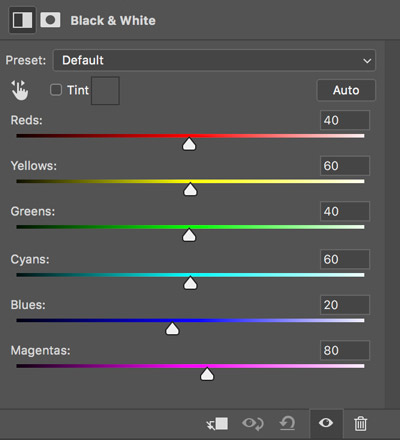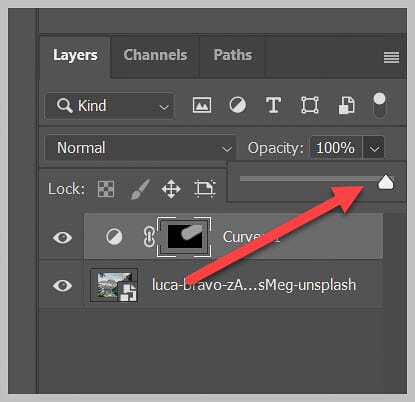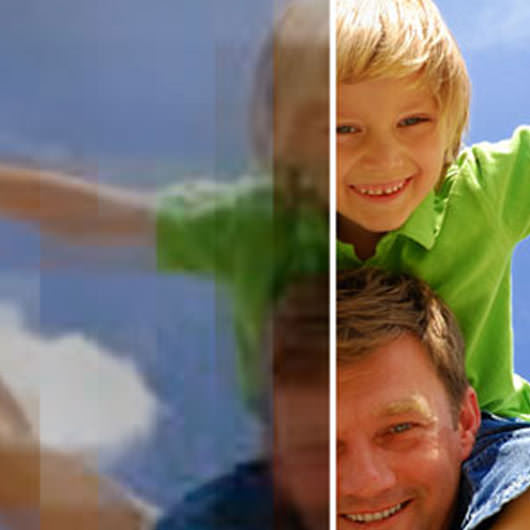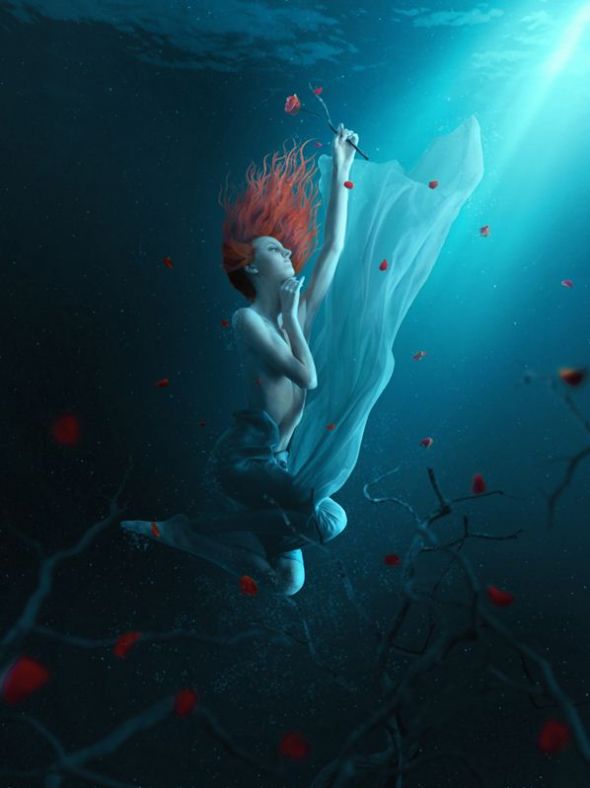

It hides the layer to which it is attached. A black layer mask does just the opposite. When a layer mask is white, it reveals the layer to which it is attached. Better still, you can restore the visibility of any hidden items even after the image file has been saved, closed, and reopened. By using masks instead of the Eraser or History brushes, you can always change your mind about any edits because you're never deleting pixels, only changing their visibility. A mask on a pixel layer makes it possible to hide parts of that layer without destroying any pixels. Masks have only one job: they hide stuff. So before we go any further, here’s a good, simple way to think about them. The concept of layer masks can be hard to grasp, even for experienced Photoshop users. Of course, there are some projects that need a complex silhouette, but when you're blending things like sky and clouds, using a gradient is not only easier, but produces better results.

Using the Gradient tool in a layer mask is fun, effective, and best of all, speedy. The roofline won’t be a problem, and the soft edges of the mountains at the horizon are do-able, but those tree limbs and leaves will be a source of heartbreak! Chances are, even after hours of careful work using Channels, Image Calculations or the Pen tools, something will still look 'funny' around those trees. The problem is that masking or silhouetting the horizon line is much harder than you may think. Neither of these images really succeeds on its own – but combined together (as seen above) they’re lovely. This image has a luminous, dramatic sky, but no real focal point for the eye to rest on. ft.! The problem here though is that the sky isn’t so exciting. The total living space couldn’t have been more than 100 sq.


Here I have an interesting foreground: a weathered, abandoned and tiny 19th-century New Mexico homestead. Since we're combining two images, you may be wondering why I don't just use the Quick Selection tool to cut the sky out of one image and paste it over the existing sky in the other image. Here our goal is to seamlessly blend the two images below into a the single image shown at the start of the article. 'combination printing' in the 1850s! In addition to solving the problem of capturing both sky and foreground on the low-latitude, blue-insensitive emulsions of the day, many 19th century masters appreciated that combination printing is a wonderful way for photographic artists to realize their personal vision, just as painters do. Swedish photographer Oscar Gustave Rejlander pioneered the photomontage a.k.a. If your instinct is to resist the whole notion of composite imagery because it feels like 'cheating', you should know that the idea of combining pictures together has a long photographic tradition.
#HOW TO LIGHTEN PICTURES IN PHOTOSHOP 2013 HOW TO#
Here, I'll show you how to make two separate images blend seamlessly into one. In an upcoming article we'll explore how to use the Gradient tool to modify layer mask-enabled adjustments to brightness, contrast and toning. In this tutorial I'll show you how to combine a compelling foreground element with an interesting sky to create a seamless, believable landscape image. In combination with layer masks, the Gradient tool lets you create natural-looking composite images. Photoshop's Gradient tool may not be on most users' lists of go-to editing options. This image was created from two separate photos, using Photoshop’s Gradient tool.


 0 kommentar(er)
0 kommentar(er)
